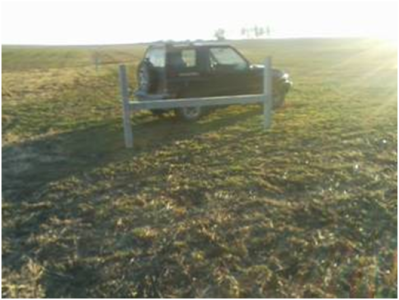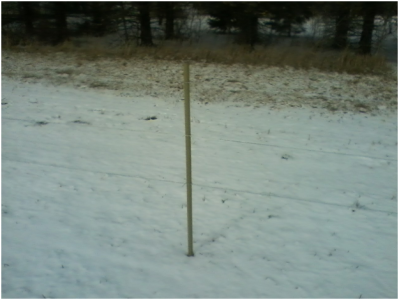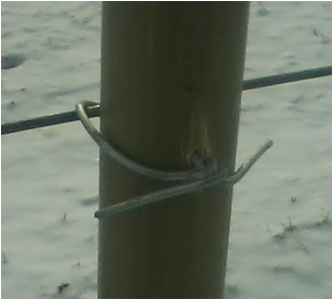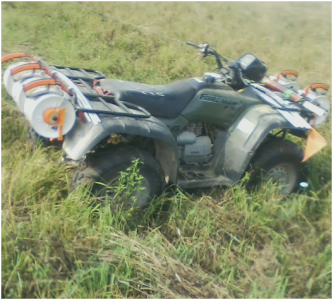Stocker Steve
Well-known member
1) I learned to connect growing grass and grazing cattle from Andre Voisin's Grass Productivity classic. It a tough read from the days of cheap N. Today I would focus on Greg Judy if I was in the fescue belt, or on Dr. Allen if you really like polywire.How about you Steve? Do you use any of this thinking? What do you find helpful for your operation?
2) I struggled to manage seasonal stocking rates and droughts. A way to address both is to run multiple classes of livestock. Dr Gordon Hazard's stockering classic covers the entire process including paying for land.
3) Marketing livestock is a trendy topic with several people now offering classes based on Bud William's Sell - Buy Methods. I prefer Wally Olson's delivery.
4) Economic detail is sadly lacking in world where it is simpler and safer to stay at a high level with buzz words. An exception is Steve Kenyon's old columns in the Graze newsletter. Another exception is some of Jim Gerrish's early publications in Missouri, where he partnered with an ag economist. Noble Institute also does a nice job here.
5) Stockmanship is an old timey skill that hard to teach. It runs so contrary to many our current attitudes. Bud Williams is the benchmark. His daughter Tina puts on a class, but I have not attended it.
Last edited:




